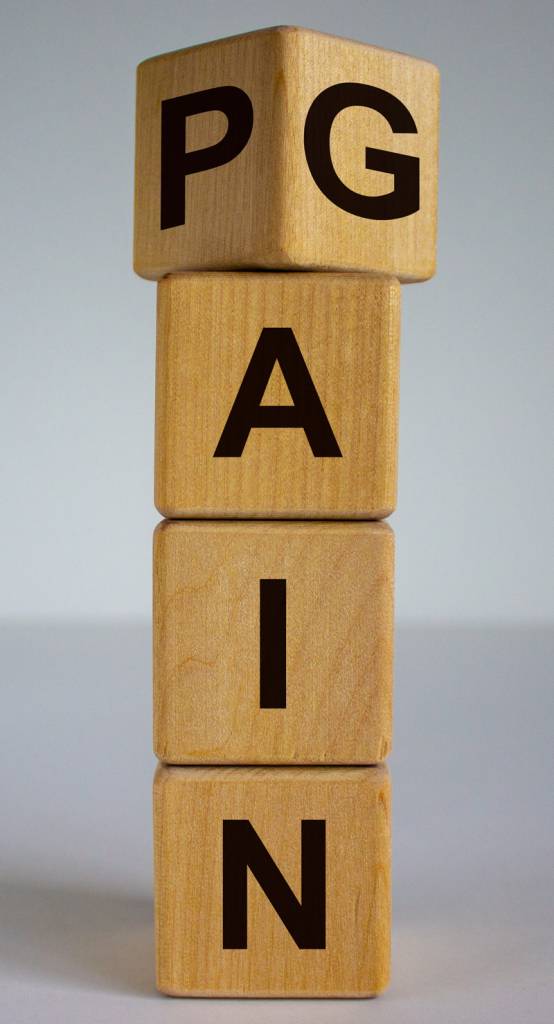Vision
 The professional experience within Empower Ability, our research and our way of working on issues led to the creation of a vision on burnout reintegration processes in the Netherlands. Modern times are demanding. We need to limit stress and deal better with the stress factors we cannot remove. To achieve this, tools and choices are needed to recover and to cope better in the future. Organisations need to focus not primarily on the legal requirements to support existing health issues among employees, but should choose to invest in the prevention of burnouts. This is becoming more urgent as the average burnout case costs an organisation approximately € 80,000 per employee and 1 in 6 employees now exhibit burnout symptoms. Corona and the economic recession it is causing will only compound this problem in the near future (the so-called Mental Wave after the Covid-wave).
The professional experience within Empower Ability, our research and our way of working on issues led to the creation of a vision on burnout reintegration processes in the Netherlands. Modern times are demanding. We need to limit stress and deal better with the stress factors we cannot remove. To achieve this, tools and choices are needed to recover and to cope better in the future. Organisations need to focus not primarily on the legal requirements to support existing health issues among employees, but should choose to invest in the prevention of burnouts. This is becoming more urgent as the average burnout case costs an organisation approximately € 80,000 per employee and 1 in 6 employees now exhibit burnout symptoms. Corona and the economic recession it is causing will only compound this problem in the near future (the so-called Mental Wave after the Covid-wave).
Burnout is a complex issue. This means that standardization of help is almost impossible. Physical, mental and emotional issues demand a multi-disciplinairy team to help during the prevention and recovery process.
A certain amount of energy is needed to be able to particpiate in our course and to speed up recovery. We therefore accept employees onto our course who are going into a burnout or starting to recover from one, but when people are in the worst stage of burnout, at the bottom of the ravine as it were, they do not have the energy to do an intensive course. They often don’t have the energy to get out of bed or read a book. And this is why our course focuses on prevention and on people already starting to recover, in order to prevent them falling to the bottom of the ravine or to pull them up much faster when they have started climbing out.
One of the unique aspects of our course are the group sessions. Group trainings and group therapy with other burnout patients can be very helpful and very motivating. Training can provide the necessary mindset and insights to make better choices in the future, while the therapy explores the characteristics and emotional problems that can lead people into a burnout in the first place. Therapy can help tame tendencies to please, or to over-extend oneself as well as helping the participants recognise emotional needs and to set and hold healthy boundaries. By conducting these sessions in a group setting, burnout patients can recognise their own coping strategies in their co-participants, as well as similar attitudes or feelings that got them into problems. We all have blind spots to our own weaknesses, but when we see them mirrored in others, it is easier to understand how we need to change.
Hypnotherapy is used to reprogramme the subconscious mind and release negative convictions about the self and the world, while the movement and breath therapy helps release accumulated stress in the body. In this way we treat the body, the mind ( both conscious and subconscious) and the emotions in our comprehensive programme.
To help retreat participants reintegrate after the retreat, HRM-advice and training is offered to organisations that need this service. This can involve changing work and sick-leave procedures, helping with the reintegration of the participant and preventing a lot of unnecessary future burnout complaints. Improving the soft skills of managers confronted with a lot of home-workers can be one of these after care options.
